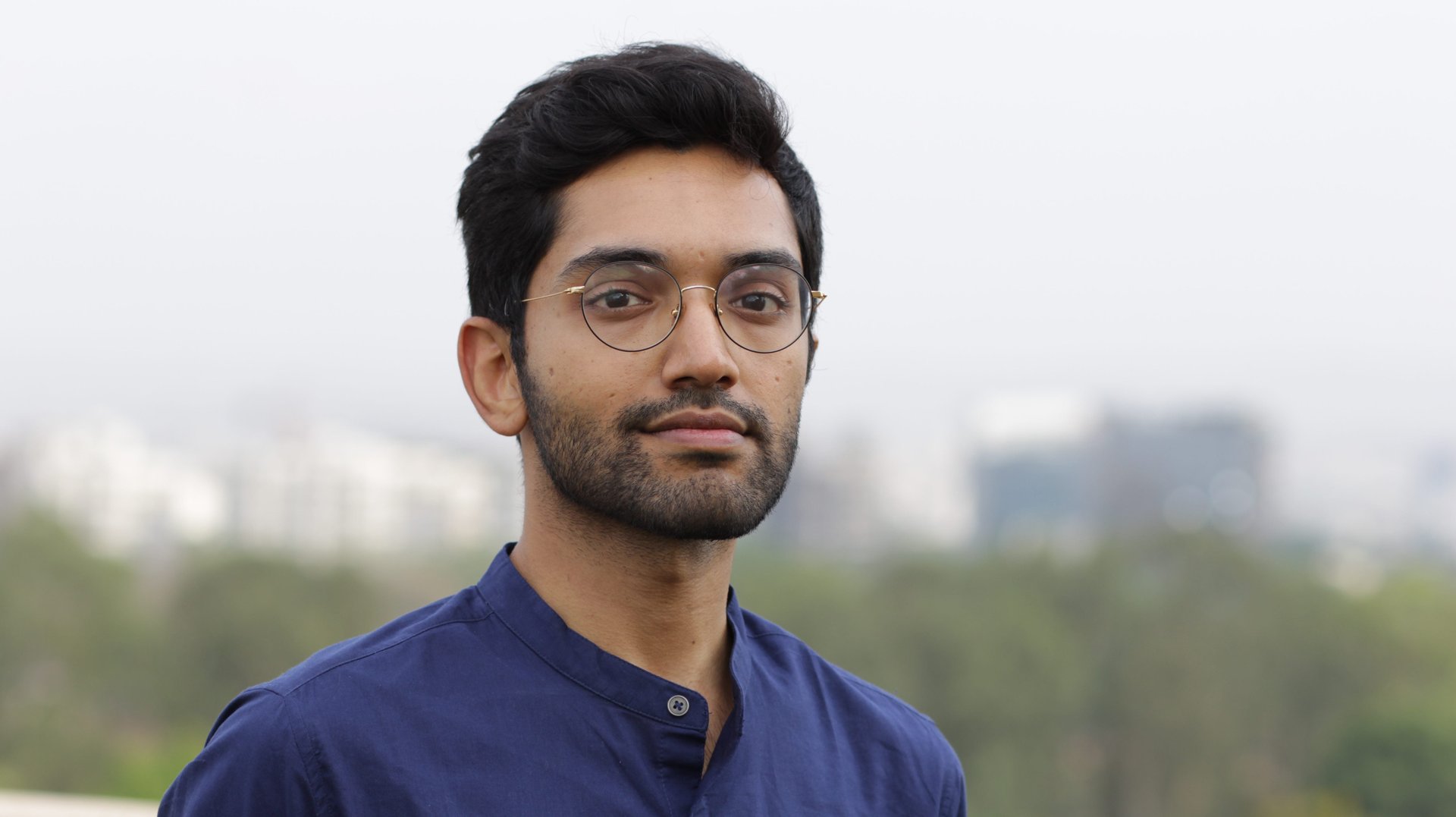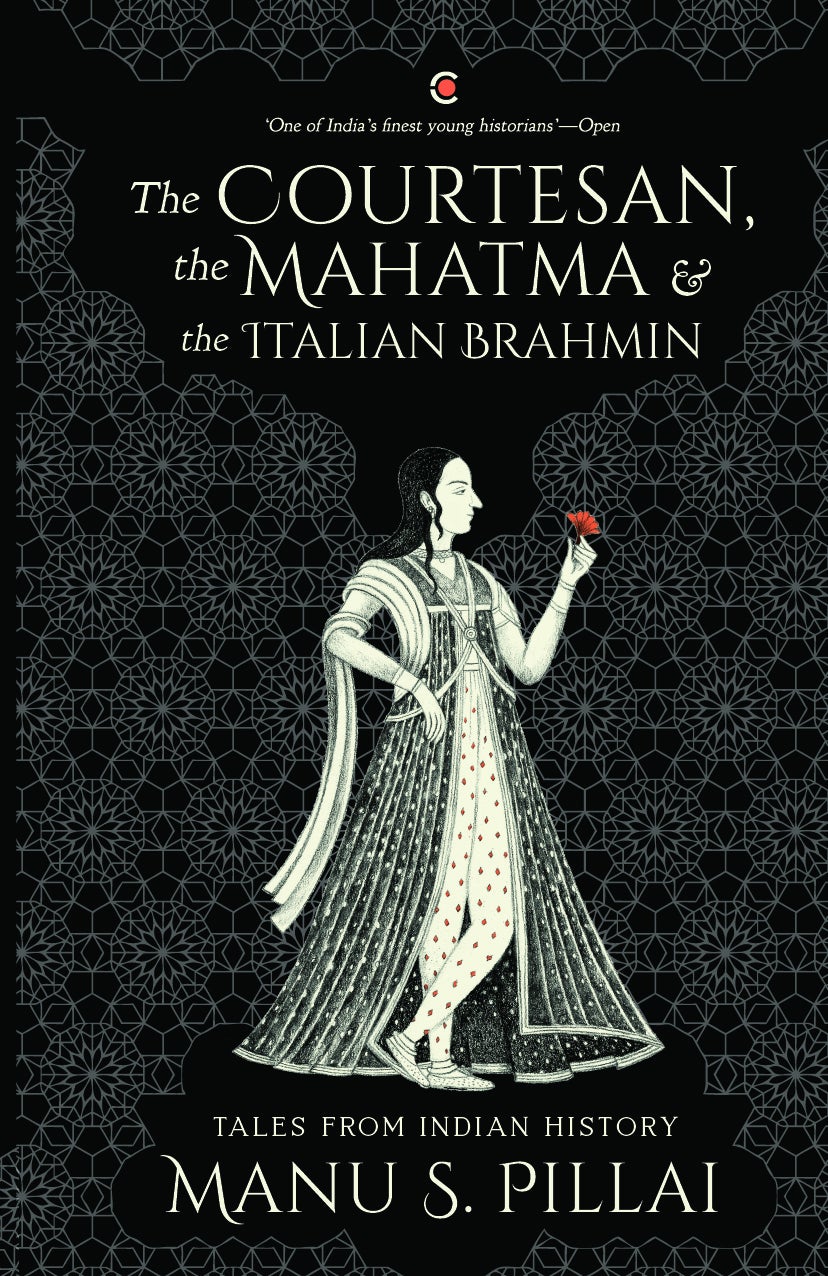How to write three books before you are 30—lessons from an Indian historian
When his peers were probably still settling into their chosen careers, Manu S Pillai published his first book.


When his peers were probably still settling into their chosen careers, Manu S Pillai published his first book.
The Ivory Throne: Chronicles of the House of Travancore, a detailed history of the last female ruler of the southern Indian Travancore dynasty, was published by HarperCollins in 2015—when Pillai was just 25. In 2017, it won him the Sahitya Akademi Yuva Puraskar, a prestigious literary award for young writers in India.
In 2018, Pillai wrote his next book, Rebel Sultans: The Deccan from Khilji to Shivaji, which spans the 400-year-old history of the Deccan kingdoms in western India. Only a year later, the author is now out with his third book, The Courtesan, the Mahatma and the Italian Brahmin: Tales from Indian History.
In the collection of essays, history is narrativised and characters from modern India come together to paint the picture of a country in the making. Pillai begins from royal courts and temples, and glides to the advent of the railways and football in India.
With the three books, he takes his readers across centuries. Pillai, though, is not even three decades old. Once the chief of staff for parliamentarian Shashi Tharoor, Pillai seems to have unknowingly emulated his prolific former employer. But none of this has been possible without old school academic rigour. Pillai is an alumnus of Fergusson College, Pune, and is currently enrolled as a PhD candidate at King’s College, London.
Quartz spoke to Pillai about the discipline it took him to write three intensely-researched historical books, especially at a time when attention spans are only getting shorter. Edited excerpts:
Not all researchers become writers. What led you to take your research to people?
I was always interested in stories—listening to them and telling them. And history is full of stories. So although I bring academic rigour to my research, I am equally keen on communicating history’s tales to as large an audience as possible. For this narrative, non-fiction is my medium.
What gave you the conviction to write for an audience whose attention span is constantly shrinking? Are you conscious of this while writing?
It is shrinking in some ways, but I am not pessimistic. There is still a massive appetite for reading and good books will always receive an audience. On our part, the task is to communicate ideas and solid research in an engaging fashion. If one makes the effort, there is every reason to hope that readers will respond.

How do you make history less daunting for a largely ahistorical generation?
I tend to weave history and historical detail through the personal stories of historical figures. Human beings have an infinite interest in other people—I merely flesh out historical characters and explain their time through their lives and eyes. More than dates and battles, this enables people to “connect” with the past, and to “see” what happened and how, from human quirks to large social trends and themes.
Given your age, was it hard to convince publishers when your first book came out? Does it become easier by the time you publish your second and third book?
It does become easier with time, but I was lucky to find a good publisher for my first book. When I had to send my manuscript to the publisher, I remember sending that email at around 3 am, so that when the editor woke up, my email would be the first thing she sees. I also thought that instead of bombarding editors with my entire manuscript, I will only send the first six pages.
The story for the first book was compelling and I had put in over five years of archival research, so it clicked. My publisher read these six pages and asked me to send more. From there on, it became easier. But getting a foot in the door is the real challenge.
How do you gather the confidence and the courage to write not one but three books, on aspects of history that are so heavily contested, at such a young age?
I work very hard—there is no other way. I spend day after day for months during a research cycle in archives and libraries, engage with the latest academic developments in the field, focus on the quality of writing, and don’t take readers for granted. That helps.
What does a young author’s life look like today?
A research cycle means months and months and months of isolation—10-12 hours a day in the archives or library, where one barely speaks for days. I need silence, but otherwise, I can work out of anywhere. I don’t get attached to spaces or material things at all so there is no favourite desk, or any of that.
I often pace up and down the room talking to myself inside my head. If anyone could see, they would a grown man in his nightclothes walking up and down a room for ages, seemingly doing nothing.
Once the book is published, it is an entirely different scenario. People are interested not just in the book but also the author. This means attending literature festivals and make public appearances. And this is not everyone’s cup of tea either—the best of writers could struggle with public speaking. The book tours also tend to get extremely hectic, constantly travelling across cities with packed schedules. During a particular event in Bengaluru, I was at an event for 12 hours and lost my voice the next day. I’m not trying to make it sound like a diva problem. What it basically means is that you have to go out there and hustle. Like any other job, this requires an equal amount of hard work post-publishing too.
Do you have any sage wisdom for young writers?
My one policy in life is to never give other people advice. Having said that, I do believe that I have benefited from getting on board with a literary agent for my more recent works. While authors still largely pitch directly to publishers in India—as opposed to the West where publishers accept manuscripts only through literary agents—this trend is picking up.
Literary agents are helpful when it comes to legal expertise and drafting contracts. As an author, it puts you at ease to know that you will not be short-changed, and this allows you to focus purely on writing.